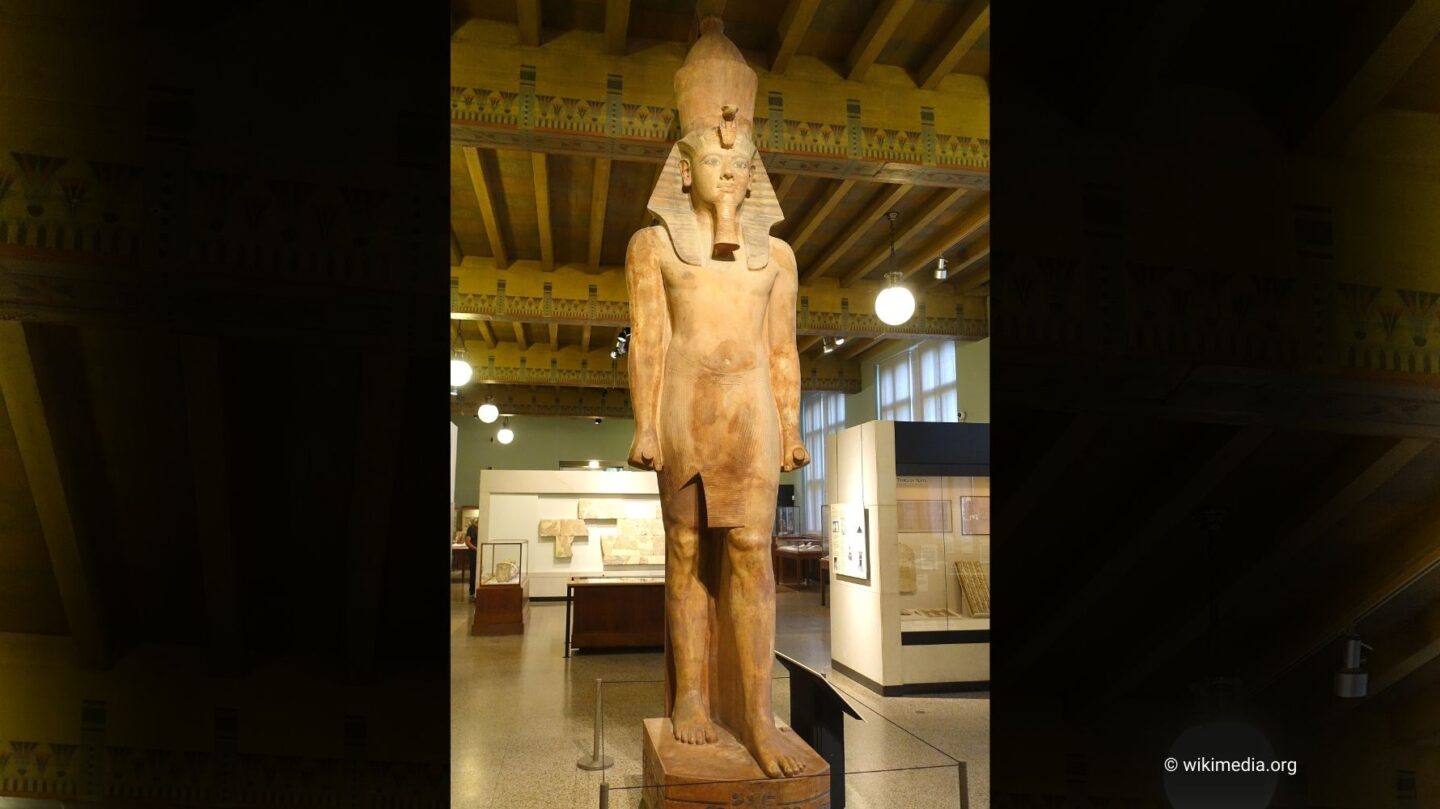A Boy King Ascends the Throne
Tutankhamun, often called King Tut, remains one of the most iconic figures of ancient Egypt. Born around 1341 BCE, he ascended to the throne at the tender age of nine or ten, ruling during the tumultuous period of the 18th Dynasty. His reign was brief, lasting only about nine years, but his life and death continue to captivate historians and archaeologists alike.
Tutankhamun inherited the throne during a time of religious upheaval caused by his father, Pharaoh Akhenaten, who had shifted Egypt’s religious focus to the worship of Aten, the sun disk. As a young pharaoh, Tutankhamun was heavily influenced by advisors, including the powerful vizier Ay and General Horemheb. Together, they worked to restore the traditional polytheistic beliefs and temples that Akhenaten had abandoned.
The Rediscovery of His Tomb
King Tutankhamun might have remained a forgotten figure if not for the remarkable discovery of his tomb in 1922 by British archaeologist Howard Carter. Located in the Valley of the Kings, the tomb was almost entirely intact, a rarity in a region often looted by grave robbers. The treasures found within—including a golden death mask, jewelry, and elaborate furniture—provided an unparalleled glimpse into ancient Egyptian life.
The discovery ignited global fascination, sparking what became known as “Tutmania.” King Tut’s golden mask, in particular, became a symbol of ancient Egypt’s wealth and artistry. However, the mysteries surrounding his life and death were only just beginning to unravel.
The Enigma of His Death
Tutankhamun’s untimely death around 1323 BCE, at the age of 18 or 19, has fueled countless theories. Early examinations of his mummy revealed a fracture in his skull, leading some to speculate that he was assassinated. Others believed the injury was accidental, perhaps sustained during a chariot accident or as the result of a fall.
Modern technology has shed more light on the mystery. CT scans and DNA tests conducted in the early 2000s revealed that Tutankhamun suffered from several health issues, including a clubfoot and a bone disorder, which would have limited his mobility. He also contracted malaria multiple times, which may have weakened his immune system. These findings suggest that a combination of factors, including illness and a possible accident, contributed to his death.
The Curse of the Pharaohs
The discovery of Tutankhamun’s tomb also gave rise to one of the most enduring legends: the “Curse of the Pharaohs.” Following the excavation, several individuals associated with the discovery, including Lord Carnarvon, the financial backer of the expedition, died under mysterious circumstances. This led to speculation that disturbing the pharaoh’s resting place had unleashed a curse.
While the curse captured public imagination, scientists have largely debunked it, attributing the deaths to coincidence or natural causes, such as infections and diseases. Still, the legend has added an air of mystique to Tutankhamun’s story.
A Legacy That Lives On
Despite his brief reign, King Tutankhamun’s legacy endures. His tomb and treasures have provided invaluable insights into ancient Egyptian culture, religion, and daily life. More than 3,000 years after his death, the boy king remains a symbol of Egypt’s rich and mysterious history, capturing the imagination of scholars and enthusiasts alike. His life and death, shrouded in intrigue, remind us of the fragility of human existence—even for a pharaoh.
